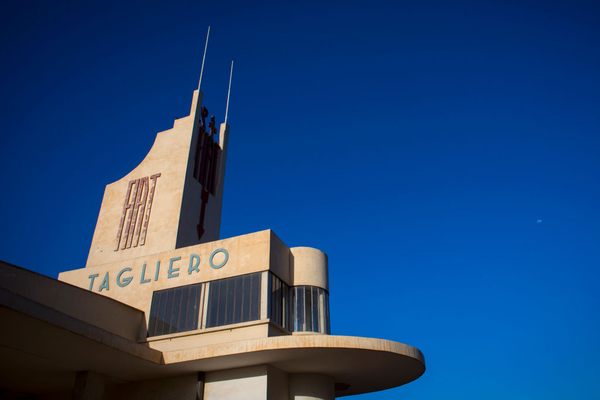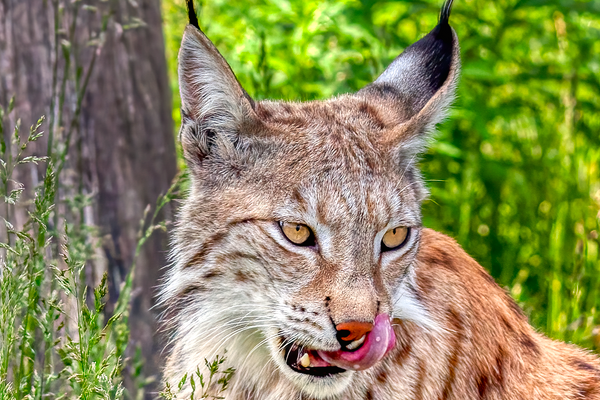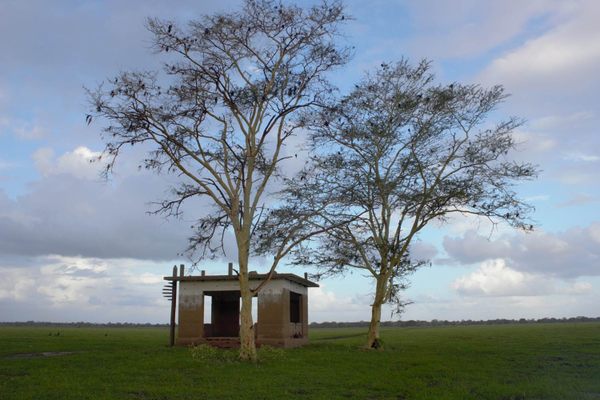Our World Heritage in Peril
Potosí, Bolivia (photograph by Idobi, via Wikimedia)
The World Heritage Committee is currently meeting in Qatar and announced six new additions to the UNESCO World Heritage List yesterday, including meteorite-formed cliffs in Denmark and burial mounds in Costa Rica. Along with designating these sites of global importance, UNESCO is also emphasizing those places integral to history that we are in danger of losing.
Included so far on UNESCO’s ongoing List of World Heritage in Danger is an ancient village threatened by division in Palestine, a Bolivian historic industrial center undergoing significant change through mining, and a Tanzanian reserve where the ivory trade and poaching has devastated wildlife. Meanwhile a decision for Australia’s Great Barrier Reef was delayed until next year as UNESCO acknowledged the country’s dedication to better management of the reef, while concerns remain relating to coastal development.
Battir, Palestine (photograph by Virginia Fiume)
The decisions are not without controversy, especially with Palestine. UNESCO added Battir in the West Bank as an emergency nomination by Palestine, its second World Heritage site after Bethlehem’s Nativity. Citing, ”the start of construction of a separation wall that may isolate farmers from fields they have cultivated for centuries,” UNESCO’s listing of Battir put it on both the World Heritage List and the World Heritage in Danger list.
Battir is located southwest of Jerusalem, and is dotted with grape vineyards and olive trees on irrigated terraces that date back 2,000 years. However, a barrier planned by Israel could cut through it. The United States and Israel notably lost their voting rights last year after withholding payment due to Palestine’s UNESCO membership.
Cerro Rico Mountain & Potosí, Bolivia (photograph by Marcos, via Flickr)
Another community added to the List of World Heritage in Danger is Potosí in Bolivia. UNESCO included it due to ”continued and uncontrolled mining operations” that put it and the Cerro Rico Mountain at risk of degradation. Back in the 16th century, the area was the biggest industrial center in the world, and there are still remains of that history of silver ore extraction in its old aqueducts and mills.
Then in Tanzania there is the Selous Game Reserve, where ”widespread poaching is decimating wildlife populations on the property.” The incredible 50,000 square kilometers of the reserve make up a stunning, protected natural space, yet since they were added to the World Heritage List in 1982, nearly 90 percent of the Selous rhinoceros and elephant population has vanished. The loss is in part a consequence of the ivory trade. UNESCO is hoping inclusion on the Danger List will encourage acknowledgement by the global community of the international issue of the illegal trade.
An elephant in the Selous Reserve (photograph by Michelle Gadd/USFWS)
The List of World Heritage in Danger doesn’t have to be a death knell. For example, at this month’s meeting the ruins of Kilwa Kisiwani and Songo Mnara were removed due to better management by Tanzania. However, with 46 places on the list as of now, located around the world, there is a real risk that a significant part of our planet’s story could soon be lost.
Discover more UNESCO World Heritage sites on Atlas Obscura >













Follow us on Twitter to get the latest on the world's hidden wonders.
Like us on Facebook to get the latest on the world's hidden wonders.
Follow us on Twitter Like us on Facebook